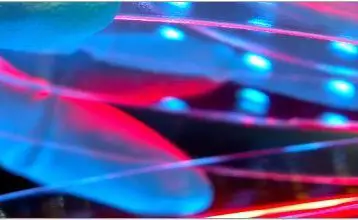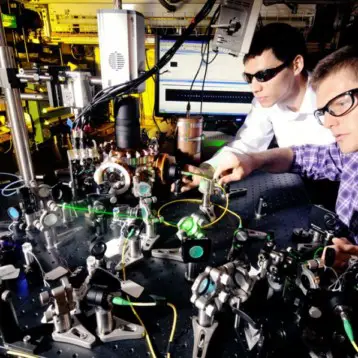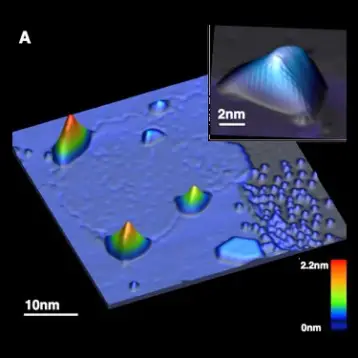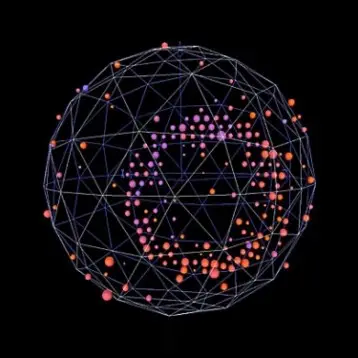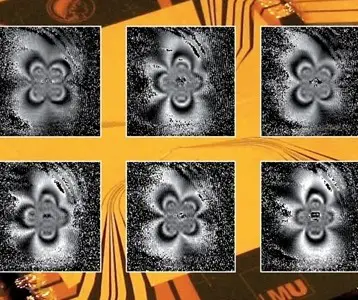Entanglement is a crucial element in quantum physics and quantum information science, which studies advanced computation and communication founded on the laws of quantum mechanics. Entanglement in theory describes different composite systems that become correlated compared to classical systems in spite of the distances dividing them. Researchers predict that a “quantum internet” would be in existence in the future and would depend on entanglement in the teleportation of quantum. Entanglements with more than two components to a system, also named multipartite entanglement, could be utilized in quantum metrology, computation, and communication.
“For some time physicists have studied the entanglement of two parts – or bipartite entanglement – and techniques for classifying and detecting the entanglement between two parts of a composite system,” says Scott Papp, a postdoctoral scholar and one of the authors of the paper related to the project. “But that hasn’t been the case for multipartite states. Since they contain more than two parts, their classification is much richer, but detecting their entanglement is extremely challenging.”
The Caltech approach set out to enhance the Heisenberg Uncertainty Principle that determines the accuracy of a limit at which the momentum and position of a particle can be identified simultaneously. The team experimented with a single photon generated through a pulse of light. This single photon is a mass-less bundle and possessed both wave-like and particle-like characteristics, similar to electromagnetic radiation. The single photon was then split into four individual channels to create an entangled state of light called “W state.”
The Caltech method of detecting the W-state employs non-local measurements of a photon propagating through all four paths. The measurements indicate whether a photon is present, but give no information about which path it actually takes. To enable future applications of multipartite W-states, the entanglement contained in them must be detected and characterized. This task is complicated by the fact that entanglement in W states can be found not only among all the parts, but also among a subset of them.
“The quantum uncertainty associated with these measurements has allowed us to estimate the level of correlations among the four paths through which a single photon simultaneously propagates, by comparing to the minimum uncertainty possible for any less entangled states,” says Kyung Soo Choi, a Caltech graduate student and one of the authors of the paper.
Next, the researchers plan to apply their technique to entangled states of atoms. These efforts will build upon previous advances in the Caltech Quantum Optics Group, including the mapping of photonic entanglement to and from a quantum memory, and the distribution of entanglement amongst nodes of a quantum network.
TFOT has previously written about an experimental integrated circuit that works using excitons to speed up computing and communications by better integrating electronic circuits and optical data communications. TFOT also recently covered a research on quantum cat’s “whiskers,” where the receptiveness of quantum entangled systems was harnessed to measure incredibly weak magnetic fields. You can also check out our article about a method to control quantum states through a single electron in a silicon transistor.
Additional information on the research can be obtained at Caltech’s website.
Article icon image credit: T. Weitkamp, European Synchrotron Radiation Facility (ESRF), Grenoble, France




